When performing installation work with various designs, to eliminate cavities, joints between walls, as well as for the purpose of sound, noise and thermal insulation, construction foam is used (MP). It is a polyurethane sealant. After exiting the cylinder, it expands and hardens.
Working with this tool, subject to precautionary measures, is not particularly difficult. Therefore, even a beginner can carry it out. Perhaps for this reason or because of careless handling of the product, but very often it gets on the skin of the hands. If measures are not taken in time, then removing the remaining foam becomes very problematic. The means by which this problem can be solved and how to prevent it will be described in this article.
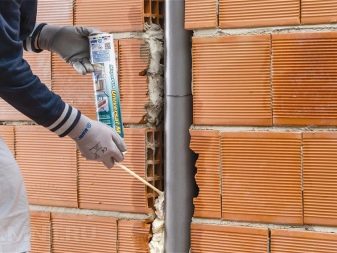
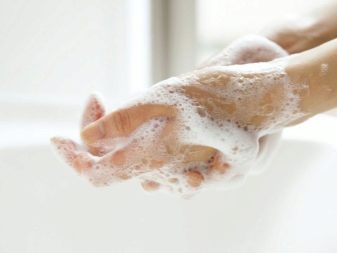
Pollution features
So, in cases where the foam has got on the skin and has not yet had time to harden, you need to start removing it immediately. The most important rule: in every possible way, try not to rub the stain from the MP on the arm, otherwise its elimination may take a long time. In cases where the particles of the mounting medium had time to dry, their removal is possible only mechanically using pumice, fine sandpaper or a brush with hard bristles.
Perform this procedure only after processing the contaminated skin with a small amount of sunflower oil, fat cream, petroleum jelly or glycerin. This preliminary procedure will help mitigate the effects of abrasives.

Foam makers also produce special products that are recommended for cleaning guns, as well as windows, door leafs and openings. Special fluids are not produced to remove hand contamination.Softening polyurethane is possible only under the influence of strong solvents. Due to the negative effect on the skin, they can be used to cleanse contaminated skin areas only in extreme situations.
However, if the foam has already fallen into hands, many builders use standard cleaning agents, such as kerosene, gasoline, acetone, or white spirit.
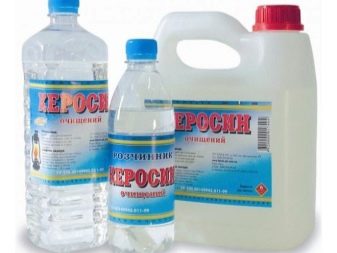
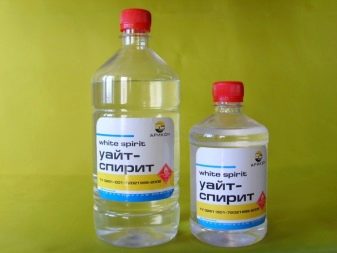
List of solvents oriented to the removal of fresh MP.
- Iofarm r621. Spray is used to destroy dirt from the instrument, various coatings and skin integuments. The active element is propanone. Effective for removing fresh spots.
- Penosil foam cleaner. Aerosol is also suitable for removing contaminants on plastic coatings.
- Opa. This spray is suitable for cleaning plastic and glass.
- Penosil Premium Cured PU-Foam Remover. Aerosol is not recommended for cleaning uneven surfaces.
- Cosmofen S5. Grinding agent for plastic coatings.
Only some solvents are suitable for cleansing your skin. Therefore, when choosing a purifier, you need to consider what it is intended for. You always need to read the instructions, all the basic information is given there.
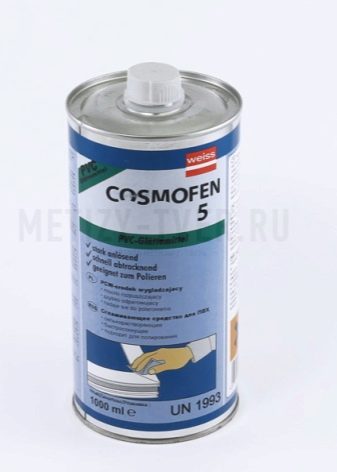
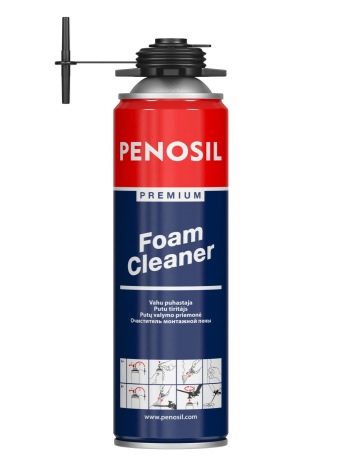
What can be washed off?
To remove fresh contaminants from polyurethane foam from the skin, use household or toilet soap, kerosene, acetone or nail polish remover, special aerosols, heated sunflower oil, body scrubs, ordinary table or sea salt, soda, Dimexidum or white- spirit. How to best use these tools will be described below.
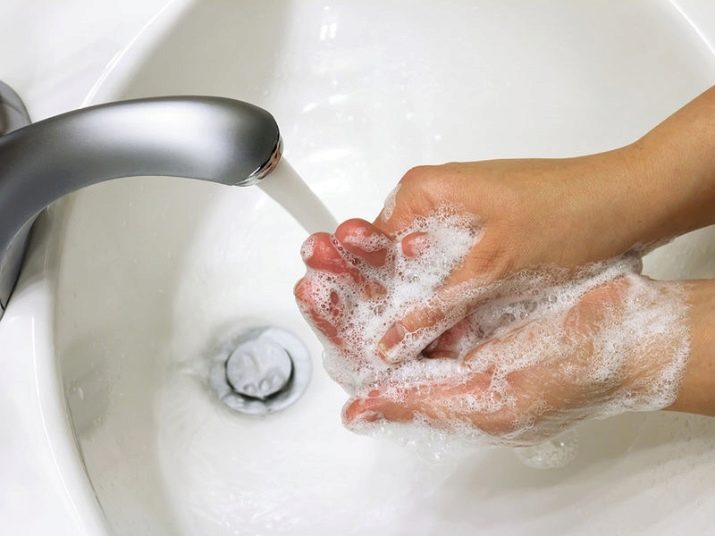
Effective Cleaning Methods
So, we will consider cases when MP did not have time to harden and by what means it can be eliminated.
If polyurethane foam just got on the skin, then you can wash it by applying one of the following methods.
- Use wet wipe, it is necessary to move at the same time from the edge of pollution to the center. The stain must be removed very carefully, not rubbed. After that, you can rinse your hands with warm water.
- Application aerosol solvent. This is a universal tool that is suitable both for cleaning the guns with which MP is applied, as well as for furniture and other surfaces. Apply it to contamination, and then wash your hands thoroughly under running water and soap. If there is little effect, you need to repeat the procedure again.
The method is ineffective when trying to remove hardened MP. It is preferable if the cleaning agent and sealant are of the same brand. In this case, the probability of foam removal will be higher. Before use, be sure to read the instructions.
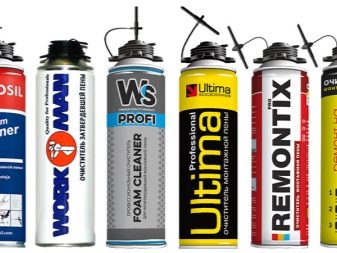

- Via acetone or nail polish remover. Moisten a cotton pad or piece of gauze in the product, then quickly wipe the contaminated area. If there is no effect, it is worth repeating the process. Then you need to wash your hands thoroughly under running water with soap. At the same time, do not forget that the solvent has a very strong pungent odor and, if possible, it should be cleaned outdoors or in a well-ventilated area.
- Use kerosene by analogy with the previous method. The duration of the procedure takes about half an hour, sometimes more, it all depends on the degree of contamination. After cleansing, be sure to wash your hands with soap, because the product has a specific persistent odor.
- Application sunflower oil. First you need to warm it up a little for several minutes, then wipe the gauze moistened with gauze. Or you can leave an oiled piece of tissue in a contaminated place for 20-25 minutes. Then wipe the stained area with a brush or washcloth. If there is no effect, it is recommended to repeat the procedure, then wash your hands thoroughly with soap.


- Sea salt. It is necessary to rub your hands thoroughly with salt crystals, then rinse with water. Compared with chemicals, salt gently affects the skin, saturating it with iodine.The effect is similar to scrub. However, this method is hardly suitable for very delicate skin, there is a risk of damage and even irritation.
- Instead of salt, you can use sodium bicarbonate. In a small amount of water, it is diluted to a mushy state and applied to the contaminated area of the skin. Leave it for 7-10 minutes, after which they wash their hands under running water. As you know, soda makes the skin very dry, for this reason, after the cleansing procedure, it is necessary to lubricate the hands with a nourishing cream or cosmetic oil.
- Medicine "Dimexide." First you need to dilute it with water in a ratio of 2 to 1, so as not to damage the epidermis. Next, moisten a small piece of gauze in the resulting solution and gently wipe off the contamination. After the procedure, wash your hands with soap.
Before use, you should read the instructions, make sure that you have no contraindications. It is not recommended to use in cases when there are wounds on the skin, since the medicine is toxic. In conclusion, you need to grease your hands with cream or special cosmetic oil.


After using these or other cleaners, you must always wash your hands with soap, otherwise all efforts to remove the sealant will be in vain. After all, after cleansing by such means, an invisible film remains on the skin, which can cause severe irritation. If you simply wipe your hands with a towel, there will be no effect, a thin layer of solvent will remain.
In situations where the mounting agent has got on the hair, heated sunflower oil will help to remove it. Warm product must be applied to the cloth and rubbed into the hair until all contamination is removed. Then wash your hair with shampoo.
The above method will help only if the foam does not have time to harden, otherwise you will have to cut the damaged hair. Therefore, it is extremely important to clean the hair under a scarf or scarf.
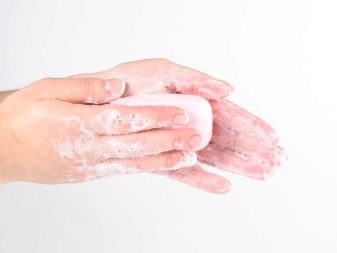

If you have very delicate skin or are likely to be allergic to chemicals, then the above methods are unlikely to help. It is worth trying alternative methods. For example, you can perform the following procedure: first lower your hands in a basin with hot water for 5-10 minutes. For a greater effect, it is worth adding table salt to it at the rate of one tablespoon per liter of liquid.
Then it is good to soap and rub the soiled areas with a washcloth. Or you can use a body scrub. This method is considered gentle and quite effective.
This tool will be, perhaps, the only salvation from the installation tool, which fell on very sensitive areas of the body, such as the face and neck.

In cases where the foam has managed to dry, it will be much more difficult to eliminate pollution. In this situation, folk methods and chemical solvents become powerless. Only mechanical action will help. With this cleaning method, you can use pumitsit, fine sandpaper or a brush with hard bristles. Before the procedure, it is necessary to apply sunflower oil or a greasy cream to the contaminated part of the skin to soften the effects of abrasives.
If MP fell into the hands in large quantities and has already managed to harden, it is unlikely to be eliminated immediately, but it is quite possible to remove the main part.
It is necessary to carefully remove part of the dirt with a knife or other pointed object, trying not to damage the skin. It is better not to touch the remaining particles of foam on the hands, otherwise you can get hurt. It’s better to leave it as it is, spots after a certain time themselves will disappear. This usually happens after 3-4 days.
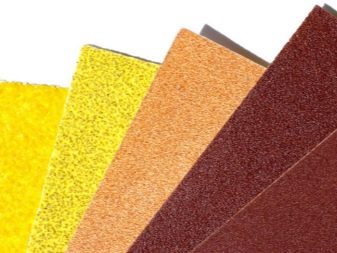
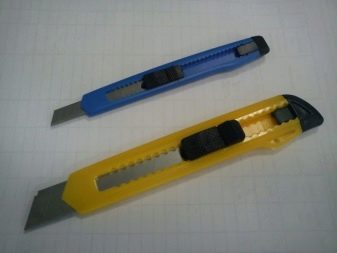
To speed up the process of eliminating them, you can carry out the following procedure.
- Apply any cosmetic nutrient to your soiled hands. Suitable cream, petroleum jelly, glycerin or vegetable oil.
- Lather abrasively with a hard washcloth or brush.For such a procedure, it is recommended to use laundry soap, because it contains a lot of natural substances that contribute to the elimination of even severe pollution. Also, it practically does not cause allergies.
- Then you need to lower your hands in warm water for 10-15 minutes. Then carefully remove the polyurethane foam from the contaminated area.
- If the effect is minimal, it is worth repeating the procedure. The process, although long, but it does not severely injure the skin, as in the case of the use of chemical solvents.
- In conclusion, it is worth treating the skin with a nourishing cream or cosmetic oil.
Active substances MP - polyol and isocyanate. During solidification, a mixture of these components begins to secrete toxins. Therefore, the contact of the sealant with the skin is not desirable and causes irritation, allergies. A dried up installation tool is no longer so dangerous.
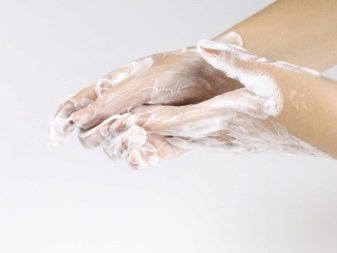
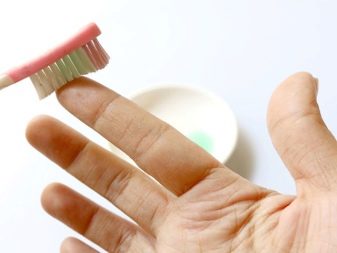
Precautions
What preliminary procedures should be carried out so as not to eliminate the consequences of pollution?
- Before performing work, wear rubber or rag gloves. But you also need to consider that MP can penetrate the tissue base of a hand protection. In this connection, it is recommended to apply a nourishing cream, petroleum jelly or glycerin before this, thus, the likelihood of adhesion of MP residues to the skin will be reduced.
- Clothing should be worn so that when heavily soiled, it is not a pity to throw it away. It is preferable if it will be with long sleeves. There should be as few uncovered areas as possible. A protective headgear should completely hide the hair from possible splashes of the sealant.
- It is also important to protect the eyes with special glasses. In the event of a mounting tool, it is practically impossible to remove it from the face without assistance. Medical attention will be required.
Following these guidelines will help reduce the likelihood of polyurethane getting on your skin.
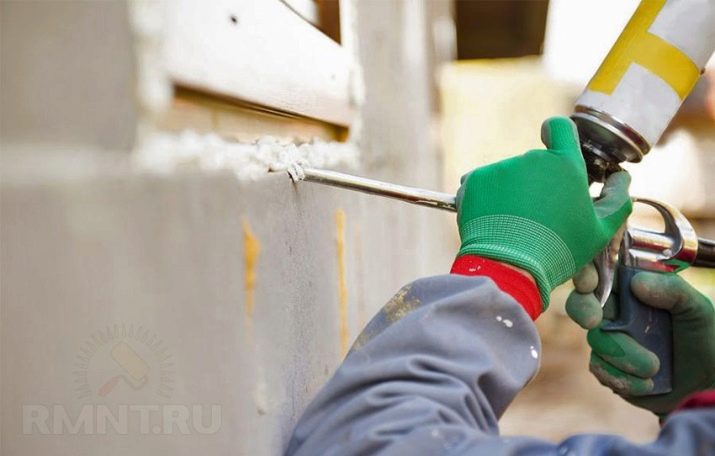
Useful Tips
Even if you tried all kinds of ways to remove foam from the skin, and there is no result, do not despair. There is always a way out, as they say. Since it was not possible to eliminate the stiffened mud with the help of chemical agents, this will happen anyway, only in a natural way, that is, due to skin regeneration. It is checked what is called, empirically.
- In the case when you do not want to wait a few days until the remnants of the mounting tool themselves disappear, you can try to clean them with your own nails. The process is long but effective. And allergies in this case will not arise.
- If you do not want to cause great harm to your health, do not use substances containing acid and alkaline elements. In particular, it is not recommended to use vinegar, Domestos, White, and similar substances to cleanse skin impurities. Because nothing but a chemical burn, in this case you will not get.
- After you have removed the particles of polyurethane foam, do not forget to take care of your hands. Indeed, in such situations they experience real stress and they need to be somehow "saved" from this. Treat your hands with some very nutritious cream, special cosmetic oil, petroleum jelly or a home-made product. Oils such as olive, linseed, coconut, almond, shea butter, jojoba, avocado, and castor are best suited for such purposes.
- Creams and ointments containing aloe or ginseng extract are no less useful. You can also prepare at home a hand bath of calendula or chamomile. After the procedure, you need to grease the skin with olive or any other oil and put on cotton gloves for the greatest effect.
There are many ways, it is worth focusing on personal preferences.
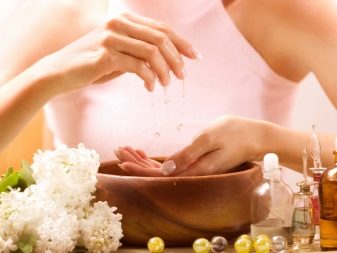
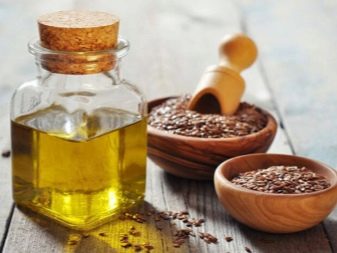
Based on the foregoing, the following conclusion should be made: always before installation or construction work it is necessary to provide yourself with protective equipment (appropriate clothing, rubber or fabric gloves and glasses). Thus, you can prevent the ingress of harmful substances and polyurethane foam in particular.
Having applied these recommendations, you do not have to look for ways to erase pollution. If the sealant does get on the skin, you need to act immediately and try to remove the pollution immediately, otherwise this procedure may take a long time after drying.
Do not use chemicals containing acids or alkaline elements, as there is a risk of skin burns.
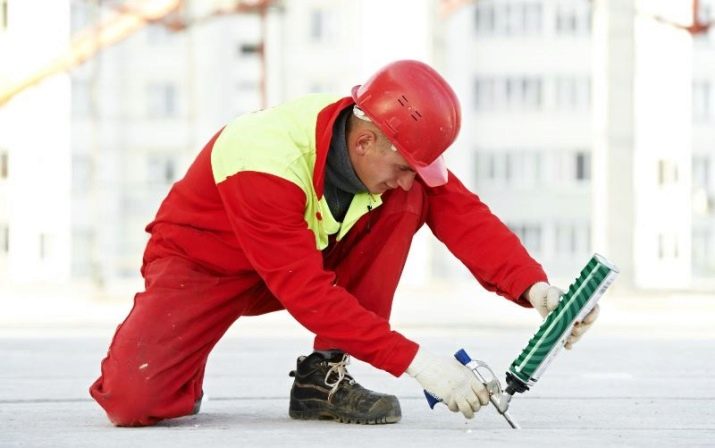
For how to wash the mounting foam from your hands at home, see the next video.










